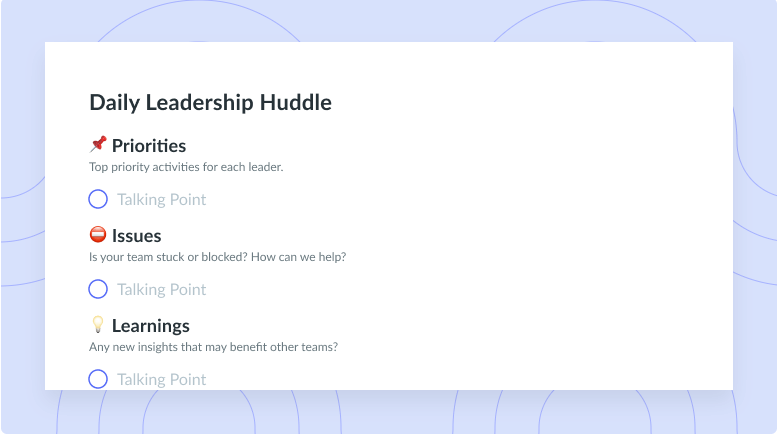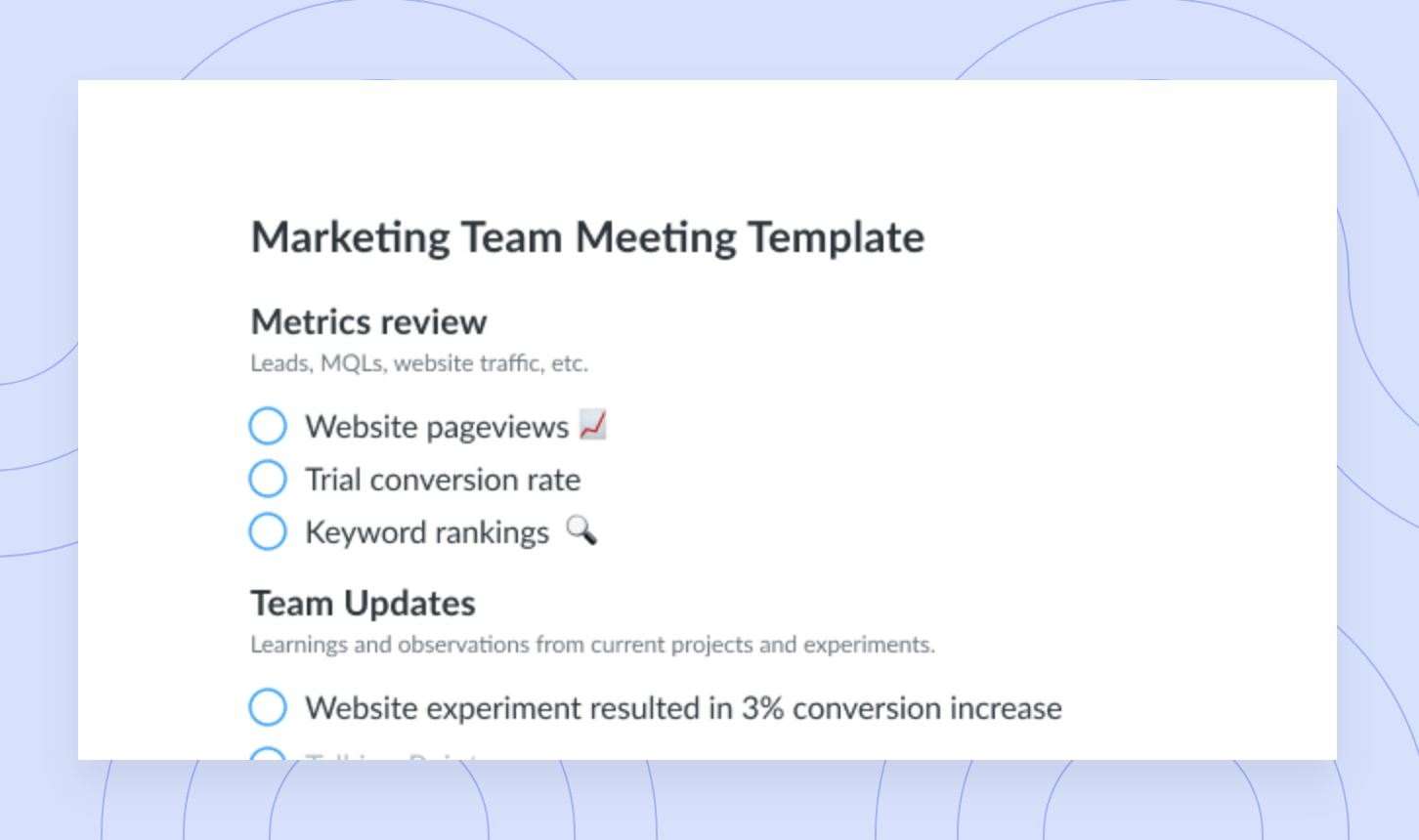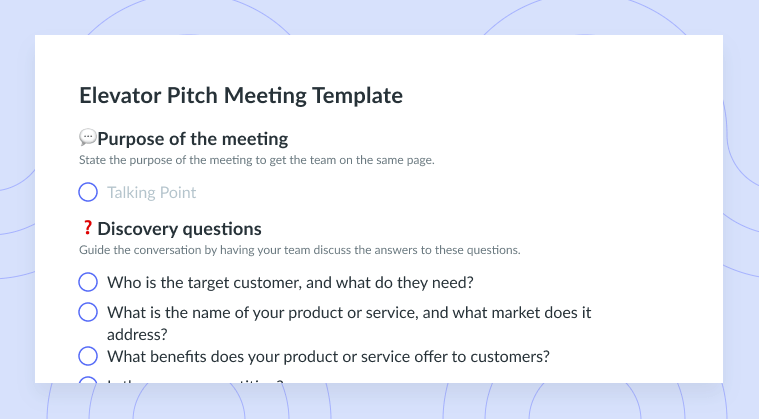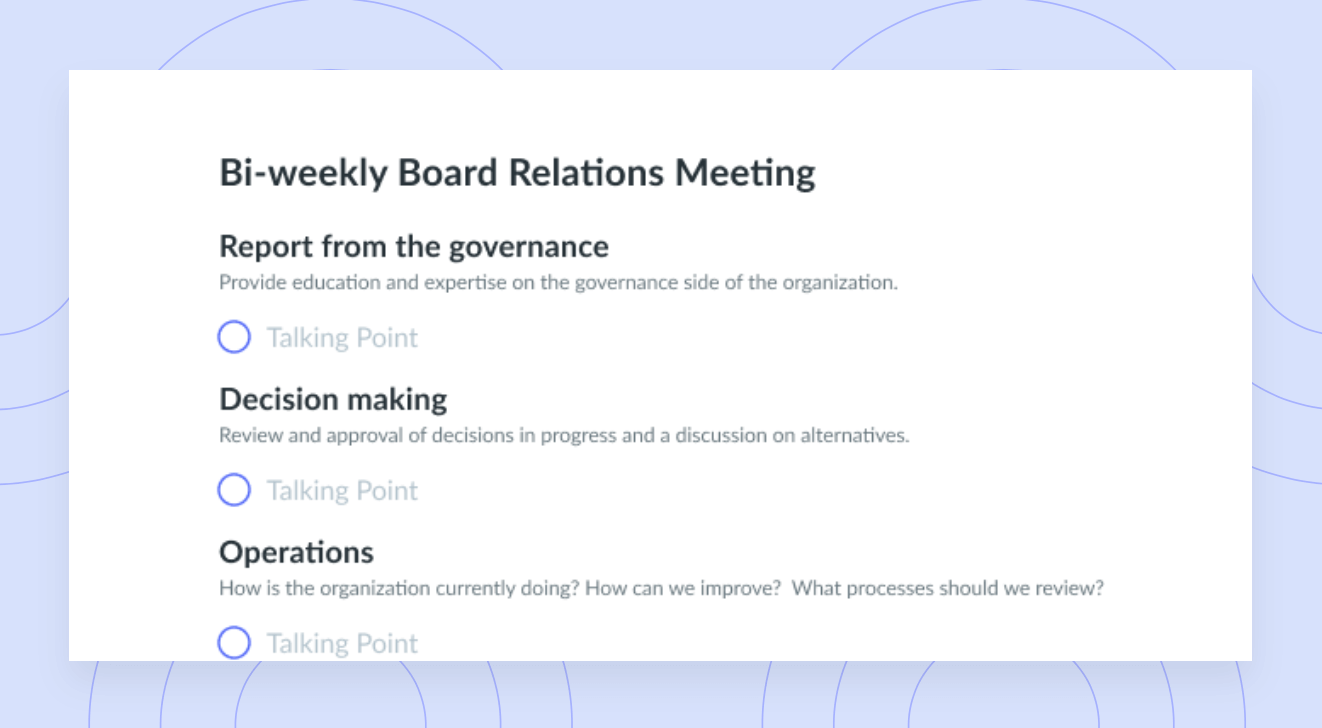Transparency At Work: Why It’s Important (+ 6 Ways to Create It)
Being transparent at work translates to being trusted and respected as a manager. Check out these 6 ways to achieve workplace transparency.
Transparency at work often translates into highly productive and effective organizations. Encouraged transparency eliminates confusion and builds trust with managers and employees, as you work towards establishing a healthy, happy and satisfying work environment.
Transparency in business matters from the second you hire people and affects long-term relationships because it fosters a company culture built on honesty, trust and open communications. Seeing as transparency in the workplace is a must for any organization, this article will cover what a transparent culture is, why it’s important, what kinds of benefits it offers and 8 effective ways to actually create it.
- What is workplace transparency?
- Why is transparency in the workplace important?
- What are the benefits of workplace transparency?
- Ways to Create Transparency At Work
What is workplace transparency?
Workplace transparency is built upon the idea of sharing information openly with your team members in order to benefit both the business and its workforce. Transparency takes many forms, such as sharing company metrics with the rest of the team, addressing an issue or shortfall openly, or simply sharing open and honest feedback with team members. In a recent article by Forbes, they further define transparency at work:
“Transparency is the practice of being open and honest with others, no matter how challenging it might be. For both personal and professional relationships to thrive, you need to eliminate the stigma that comes with being straightforward.”
Encouraged transparency means being straightforward and leading by example. Your team members will value your honesty and aim to communicate openly with you as well.
Why is transparency in the workplace important?
Transparency in the workplace is important for several reasons. Transparency in business means that you’re encouraging clear communication, collaboration, and a stronger understanding of other people as well as other aspects of the business. Being transparent with your employees means that it’ll be much easier to get to know one another, which creates trust and will make the teamwork more efficiently knowing that you support and care about one another. This employee trust turns into employee engagement, which is going to leave individuals feeling much more satisfied at work. When employees are more satisfied, you have a much better chance of retaining talent and meeting your business needs.

Foster open communication
Build a culture of transparency with collaborative meeting agendas to have open and productive conversations using Fellow!
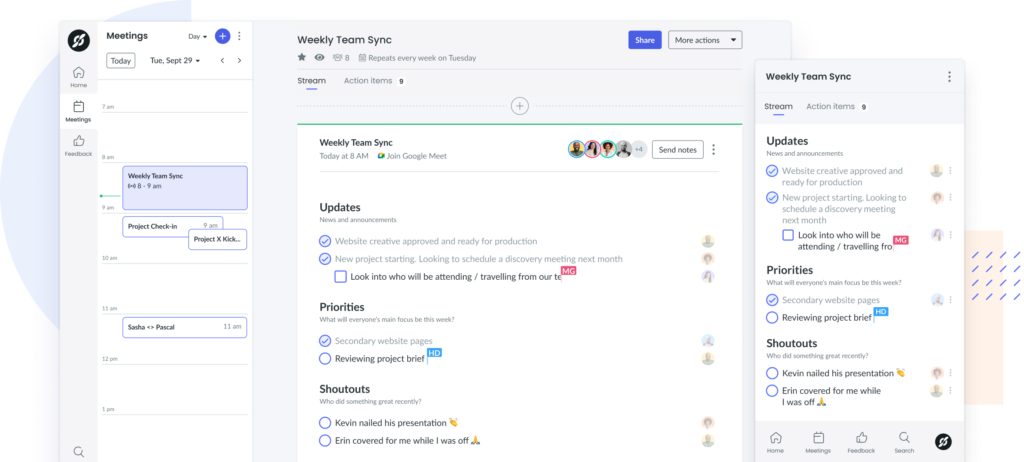
What are the benefits of workplace transparency?
Increased employee engagement
Workplace transparency makes for increased employee engagement. A transparent workplace is one that recognizes each employee’s hard work, progress and achievement. This in turn builds trust between management and employees, which leads to the entire workforce feeling more seen and heard. This results in a deeper engagement which will help your company’s bottom line or other smaller organizational goals.
Psychological safety
Psychological safety can result from being transparent at work because it makes employees feel as if they can communicate their ideas, opinions and insights. Because you have chosen to lead with honesty, employees will feel more open to discussing their strengths and areas of improvement. When employees know that they can trust you, that you are there to support them and that you have their best interest at heart, they are going to feel much more motivated to perform.
Empowering employees to make decisions
Being transparent means that your company goal-setting is shared with the rest of the organization and well- understood by your team. When you make the decision to share important data and information and allow access to this information, you show your employees that you trust them and that you want them to continue learning and growing. Giving this opportunity to your team tells them that you believe in their abilities and trust them to make decisions independently.
Ways to Create Transparency At Work
- Break down silos
- Share learnings and mistakes
- Show and tell results
- Create communication channels
- Invite questions
- Document every process
1 Break down silos
The first way you can encourage workplace transparency is to break down silos and foster open communications. Ensuring that information and knowledge are available across all streams of the business will contribute to a transparent culture. When you prioritize an open-door strategy and use things such as townhall meetings, or even switch to more of an open floor plan in the office, you create a work environment that is built on transparency. This avoids hierarchies, bureaucracy and a political working space. At Fellow, we encourage communication in public slack channels, versus direct messages between individuals. This means that more people can be aware of the conversations happening.
2 Share learnings and mistakes
A great way to build transparency is to share your learnings and mistakes, along with your wins. Sharing wins is of course much easier and enjoyable but the most valuable lessons are learned when you can openly admit when things didn’t go as planned, that they fell short or that you made a mistake that impacted the business. This reminds your employees that you’re human as well and that there is always room to improve. Any strong leader knows that many failed experiments are necessary to find great successes.
3 Show and tell results
More than simply sharing plans, you should also go over the end results- whether they were successful or not. Leaders who can speak openly and honestly about the results of the company’s efforts gain trust and respect from their employees. Managers and project managers who keep employees in the know throughout each stage of their projects can better maintain team members’ confidence in their leadership team. Showing and telling your results can be especially important during times of change, including periods of growth or conversely, periods of struggle.
4 Create communication channels
Creating communication channels is an essential step in creating transparency at work. It needs to be made very clear where each employee within the organization turns to when they need information. Management technologies can make communication much more seamless, especially across several different departments, which makes it much easier to share any kinds of messages, announcements or news from the team. It’s also a great idea to keep your communication channels open by scheduling recurring team meetings and townhall meetings.
5 Invite questions
As soon as the hiring process begins, it’s important to encourage questions. We need to kill the stigma that it’s a nuisance or waste of time to ask questions. Because employees can be especially intimidated to speak up in meetings with their leadership team, it’s important that you are actively encouraging your employees to ask questions. For example, try to normalize asking questions to the CEO and leadership during company meetings. Any positive workplace culture knows that asking questions is both valuable and enriching to the individual and to the others who are learning from it as well. Holding regular Q&A sessions or leaving a Q&A section at the end of each meeting is a great way to encourage your employees to speak up.
At Fellow, Aydin Mirzaee (CEO) hosts Town Hall meetings with our entire team weekly to discuss all the different things that people need to stay informed about within the company, such as organizational goals, recent wins, and cross-functional projects and any questions.
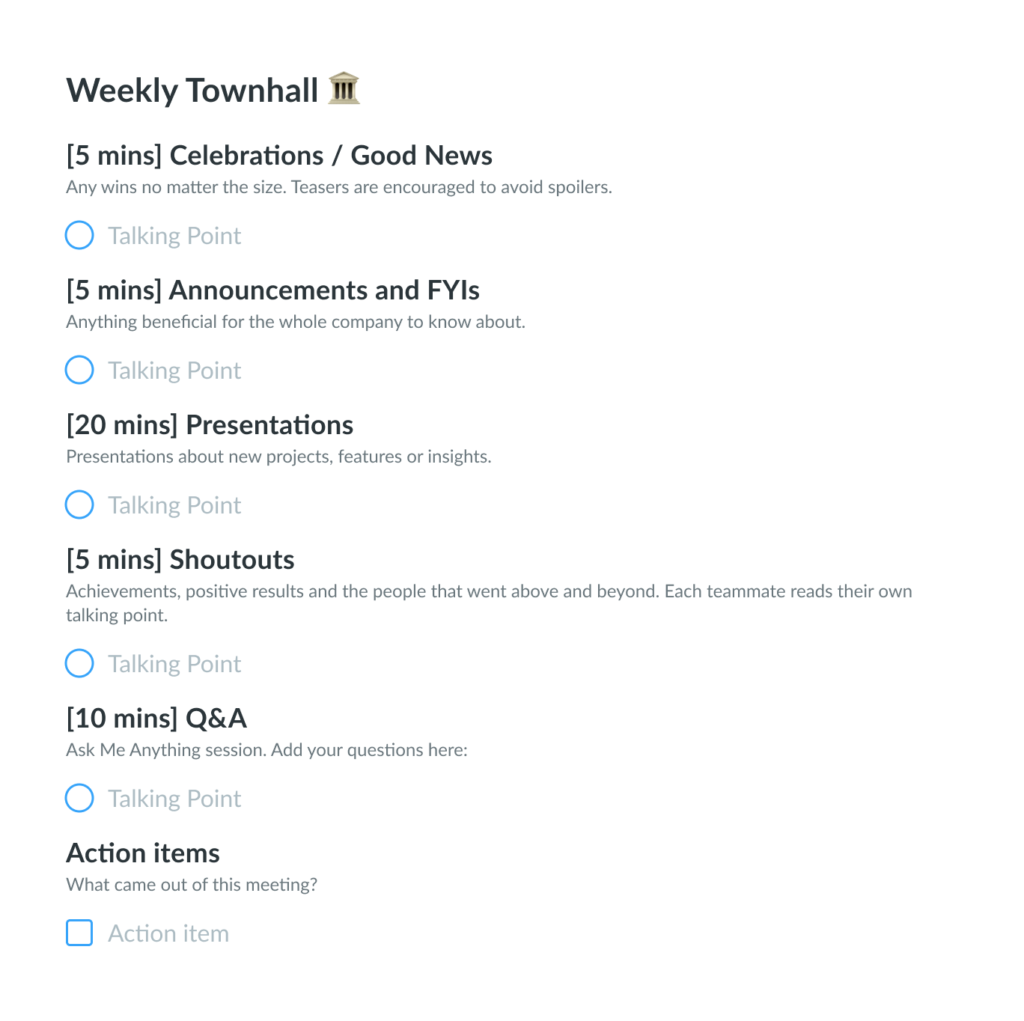
6 Document every process
Another great way to build trust and a transparent workforce is to document every process and remain organized. Processes should go in a place where everyone in the company can access it, such as a knowledge base. This way, there are no gaps of information between team members and each individual can take their time with understanding and interpreting the information. In a collaborative meeting tool like Fellow, you can document every decision and action item, where each person involved can access it. This eliminates confusion and boosts accountability and responsibility among the group.
Parting advice
While it’s often more difficult to be transparent with employees seeing as the truth isn’t always pleasant, it is that vulnerability of being upfront and honest that gains trust and respect. Creating a work environment where everyone feels comfortable and safe to speak their minds, share their ideas, results, successes and shortfalls is going to bring your team much closer together with individuals who want to support one another.
Transparency doesn’t mean that you don’t have any filter with your employees, it just means that you value honesty and open communication. It means that problem solving is tackled in a collaborative way for the most beneficial outcome. Moreover, you know that knowledge is power and so you want to share it with your entire team to educate, encourage and support them to benefit themselves, as well as the business.










